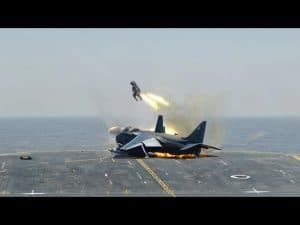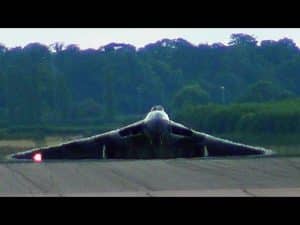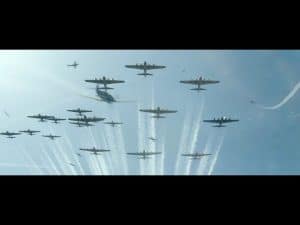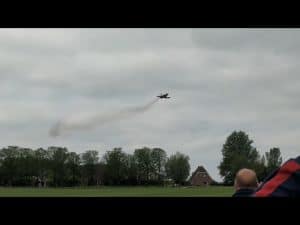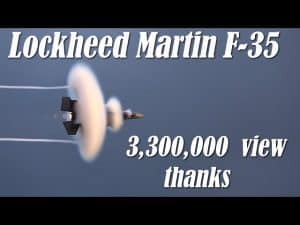The Case For This Rare Asymmetrical Plane Was Surprisingly Strong
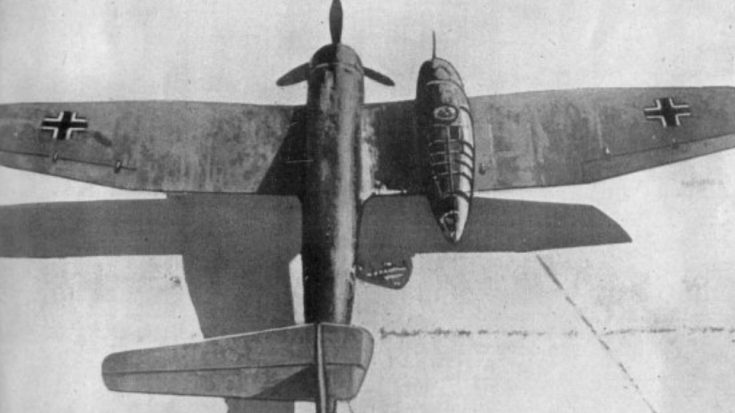
Unknown / Public Domain
Thinking Outside The Box
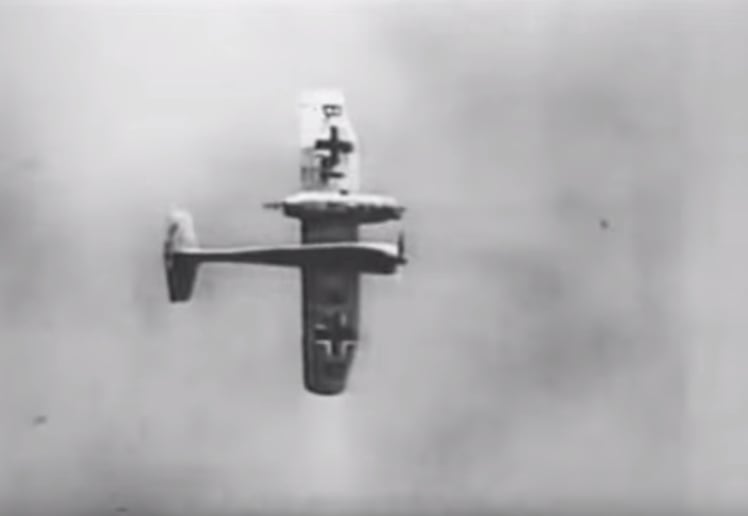
When you consider minds who thought outside of the box, does Richard Vogt, the brains behind Blohm & Voss, come to mind? If not, it definitely should. Just look at this plane. The BV 141 is about as outside of a conventional late 1930s plane design as they come. The surprising thing is that it actually worked. Really well.
What’s Wrong With Normal Planes?
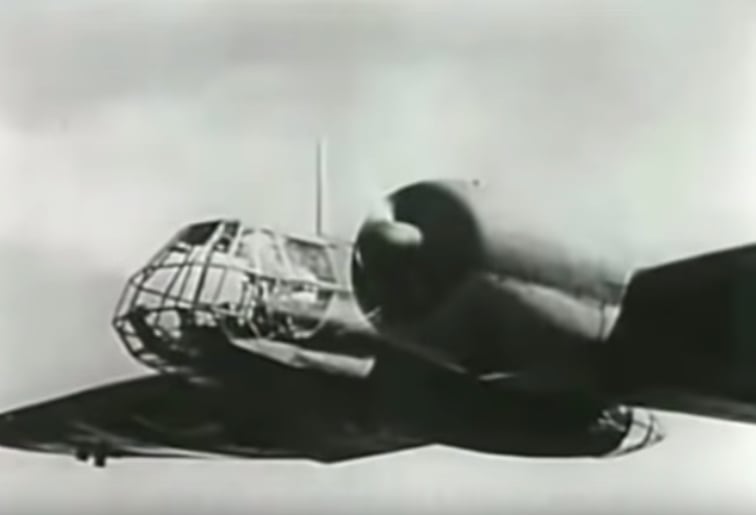
Vogt found that symmetrical planes left a lot to be desired. Their problems included:
- Generally poor vantage point behind engine
- Circular air positioning of forward mounted engine by propellers affected the rear-mounted rudder
- The pilot had to pay special attention to engine placement
These points aren’t deal breakers of course. Most planes did very well regardless. Vogt, however, wanted to push the envelope.
Approved!
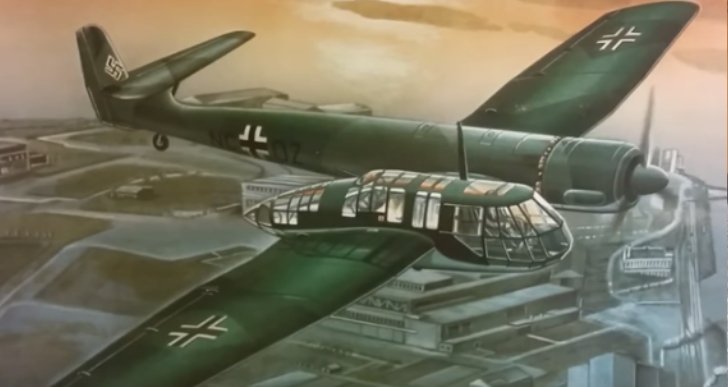
He saw an opportunity when Germany’s Air Ministry requested submissions for a single-engine reconnaissance plane with excellent vantage points. Blohm & Voss’s strange (and yet more symmetrical) first draft didn’t win the bid, but it did intrigue the Air Ministry. As a private venture, Blohm & Voss was able to continue the project.
By the third pre-series trial, the result looked like someone didn’t read the directions on their Ikea furniture. But appearances were misleading. Fuselage on the right and single tail on the left, the Frankenstein-like oddity distributed weight evenly and got the thumbs up for handling capabilities from test pilot Ernst Udet. He liked it so much that he recommended an order of 500 for tactical reconnaissance.
Decline Into Obscurity
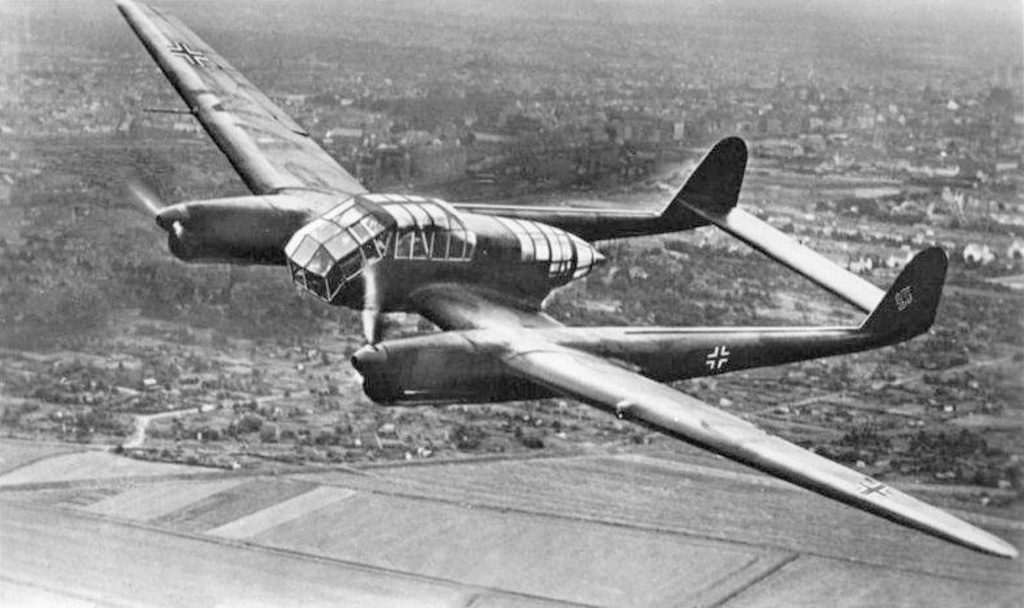
But it was not to be. After just 20 were made in 1941, the funky reconnaissance aircraft was discontinued. The reasons didn’t have anything to do with the design, however.
Why the BV 141 lost its chance:
- The Focke-Wulf Fw 189 was doing well in same role the BV 141 was designed for
- Blohm & Voss factory space was needed for the vital Fw 200 Condor after damage to Focke-Wulf assembly space
- Blohm & Voss only had about 5000 employees, a relatively small number
Specs
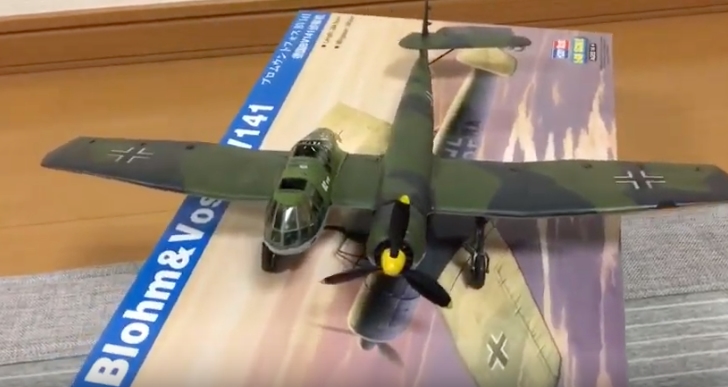
Unfortunately, none of these rare birds exist today that we know of. It sure would be fun to see one fly! We do have a video of the prototype however, and there are some models in circulation.
Crew: 3, pilot, observer, and rear-gunner.
Length: 45 ft 9 in
Wingspan: 45 ft 9 in
Height: 11 ft 9 in
Wing area: 570 ft²
Empty weight: 10,363 lb
Loaded weight: 12,568 lb
Powerplant: 1× BMW 801 radial piston, 1,560 hp
Performance
Maximum speed: 272 mph at 11,500 ft
Range: 745 mi
Service ceiling: 32,800 ft
Rate of climb: 1,860 ft/min
Wing loading: 12.3 lb/ft²
Power/mass: 0.274 hp/lb
Armament
Guns: 2 × 7.92 mm MG 17
machine guns and 2 × 7.92 mm
MG 15 machine guns












